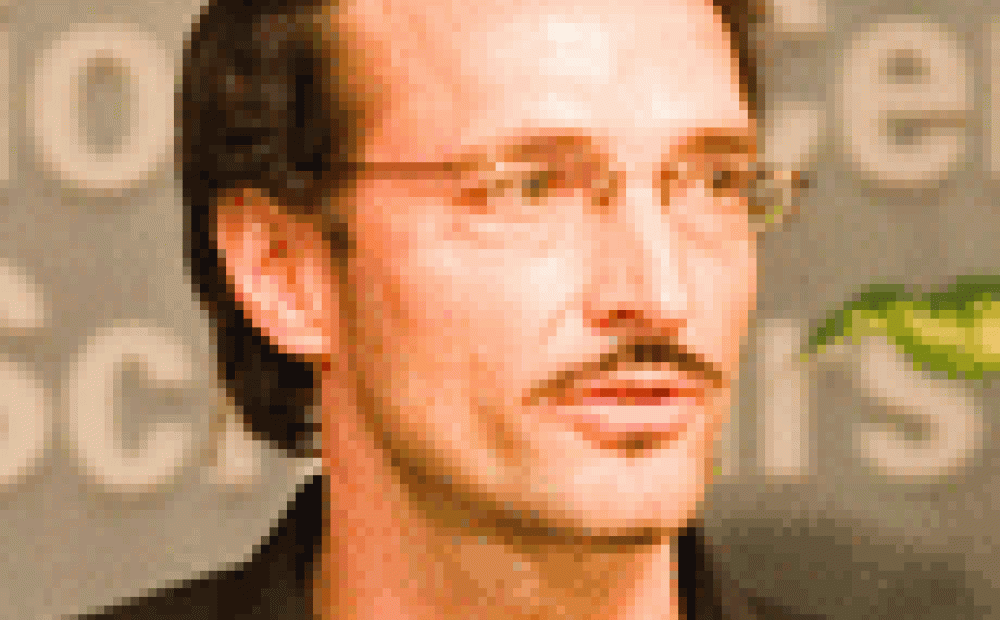Film Screening and Discussion: The Cardamoms: Have Forest, Have Life

The Cardamoms mountain range in southwest Cambodia is a haven of biodiversity, and home to numerous ethnic groups. Unchanged by major human activity for centuries, the area was opened to development following the collapse of the Khmer Rouge. With development came the hope of prosperity, but also an upsurge in large-scale logging, poaching, and river pollution. A new community outreach film, The Cardamoms: Have Forest, Have Life, attempts to reverse years of ecological damage by instilling in local communities a sense of stewardship in the land upon which they rely. The U.S. premiere of the film—produced by Conservation International (CI), Flora and Fauna International, Wildlife Alliance, and the U.S. Agency for International Development—was held at the Wilson Center on October 11, 2006. Sponsored by the Environmental Change and Security Program, the screening was followed by a discussion with the film's producers.
Human welfare and ecological protection are mutually reinforcing, since the livelihoods of local communities depend on the environment surrounding them. Conservation and protection are thus the means to safeguard not only nature but also the community's welfare. The film describes how NGO programs in the region sought to communicate this relationship to Cambodians:
- 1. By helping create enabling conditions—social, economic, and political—for communal livelihoods, without which conservation is a meaningless concept;
2. By educating the local population about the importance of the environment; and
3. By empowering communities to be a part of the conservation process.
Since local communities have the largest stake in a healthy ecosystem, building a sense of ownership is an effective way to counter environmental degradation from unsustainable development and illegal activities.
The Cardamoms: Have Forest, Have Life showcased a number of conservation projects, including a CI agricultural project that reforests land previously destroyed by logging activities. CI also created "buffalo banks" for individual villages—a loan system through which villages borrow a small number of water buffalo to re-cultivate destroyed or overgrown paddies instead of clearing more forest to create new paddies. The Participatory Land Use Planning program—a joint project of the government and a collection of NGOs—supplies aerial maps of the forests and rivers to local communities so they can collaboratively and efficiently plan the use of their land and protect the ecosystem.According to Wayne McCallum, community engagement adviser at CI, the film project arose out of the concern that conservation communication efforts were not reaching people living in remote areas. He chose film as his medium after visiting a village where the small community huddled around a television set watching karaoke. Katie Frohardt, executive director of Flora and Fauna International, noted that film is an ideal medium for engaging people on the local level. But the speakers agreed that an outreach program must accompany the film, otherwise it will have no impact where access to television and radio is limited. Michael Zwirn, foundation relations manager at Wildlife Alliance, touted his organization's "Kouprey Express"—a mobile education unit that provides educational outreach and extension activities to remote communities—as a model for conducting such outreach campaigns.
The film was also beneficial to its producers. "It was a rewarding exercise in collaboration with other agencies," said McCallum. The making of the film showed that NGOs and government can work together, flying in the face of conventional wisdom that competition over recognition and donor funding will trump cooperation. The speakers agreed that future efforts to safeguard livelihoods and the environment in Cambodia must be met by similar partnerships: government, local communities, and environmental NGOs need to work together, not at odds.
Drafted by Craig Marcus.
Speakers
Hosted By

Environmental Change and Security Program
The Environmental Change and Security Program (ECSP) explores the connections between environmental change, health, and population dynamics and their links to conflict, human insecurity, and foreign policy. Read more
